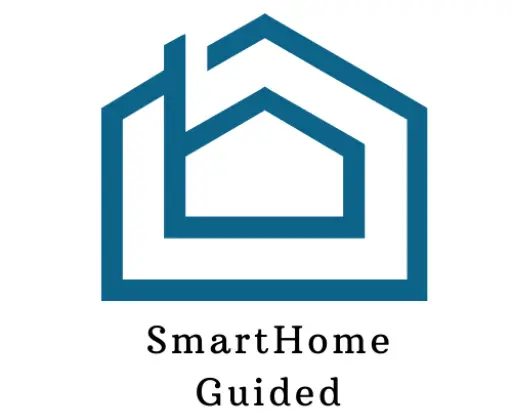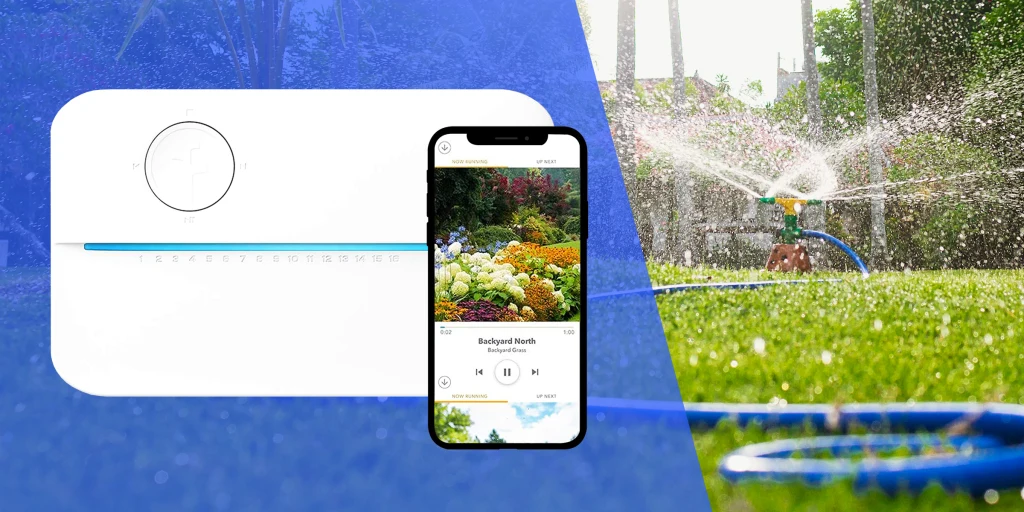- Understand the Benefits of a Smart Sprinkler System
- Step by Step: How to Convert your Sprinkler System to Smart
- Conclusion
- FAQs
- Do I need to replace my existing sprinkler heads to install a smart sprinkler system?
- How much does a smart sprinkler system cost?
- Will a smart sprinkler system work with my smartphone?
- How does a smart sprinkler system conserve water?
- Can I install a smart sprinkler system myself, or do I need a professional?
There are a few steps you must take in order to convert your sprinkler system into a smart system.
Smart sprinkler systems can reduce water usage and costs. In addition to its practicality, this system allows you to manage your sprinkler system remotely.
Your current sprinkler heads can be used with the smart system, and watering is controlled according to a schedule you create.
Understand the Benefits of a Smart Sprinkler System
Let’s take a moment to talk about the benefits of a smart sprinkler system and why you might want to convert your current sprinkler system to smart before we get started with the conversion process.
There are many advantages of a smart system over conventional sprinklers.
- Water conservation – A smart system can detect rainfall and adjust the watering schedule accordingly, which can help to conserve water. Many homeowners report between 20% and 50% more water savings using a smart irrigation system.
- Time-saving – With a smart system, you can set the watering schedule once and forget about it. You don’t need to manually turn the system on and off, or adjust the schedule for changing weather conditions.
- Cost-saving – A smart system can help to reduce your water bill since it only waters when necessary.
Step by Step: How to Convert your Sprinkler System to Smart
- Choose a Smart Sprinkler System
There are several options available when it comes to smart sprinkler systems. Some of the most popular options include:
- Rachio: The Rachio system is popular thanks to its user-friendly app and advanced scheduling features.
- RainMachine: The RainMachine system uses hyperlocal weather data to adjust the watering schedule, ensuring that your plants get the water they need without wasting any.
- Hunter Hydrawise: The Hunter Hydrawise system is a professional-grade option, designed for larger properties.
- Orbit Hyve
- Install the Smart Controller
Selecting a smart sprinkler system is the first step in setting up the smart controller. This is the system’s processing unit; it communicates with your home Wi-Fi network to obtain data such as weather forecasts.
You’ll need to follow the manufacturer’s instructions to install the smart controller. In general, the installation process will involve shutting off the power to the existing controller, disconnecting the wires, and then reconnecting them to the new smart controller.
- Install Smart Irrigation Valves
Smart irrigation valves must be set up in addition to the smart controller. These valves are designed to work with the smart controller, allowing you to control each zone of your sprinkler system separately.
You’ll need to dig up the area around each existing valve and replace it with the new smart valve to install the smart valves. This is a time-consuming process, but it is necessary for the system to function properly.
- Connect the Smart Controller to Your Wi-Fi Network
The final step is to connect the smart controller to your home’s Wi-Fi network after you’ve installed the smart controller and valves.
This enables the system to receive weather updates and other information and control the system via your smartphone or other devices.
Follow the manufacturer’s instructions to connect the smart controller to your Wi-Fi network.
In general, you’ll need to download the manufacturer’s app, sign up for an account, and then follow the on-screen instructions to connect the controller to your Wi-Fi network.
Conclusion
Converting a traditional sprinkler system to a smart sprinkler system with remote control integration is a simple and rewarding process. Thanks to advanced technology, you can now optimize and manage your irrigation from anywhere at any time.
This conversion can help conserve water while still keeping your garden lush and green. Whether it be through Wi-Fi or Bluetooth connections, you will have full control over your new smart sprinkler system with just a few clicks of a button.
FAQs
Do I need to replace my existing sprinkler heads to install a smart sprinkler system?
No, you can keep your existing sprinkler heads. The smart system will work with your existing sprinkler heads and control them based on the watering schedule you set.
How much does a smart sprinkler system cost?
The cost of a smart sprinkler system will vary depending on the brand and model you choose, as well as the size of your property. Generally, you can expect to pay between $200 and $500 for a basic system, with professional-grade options costing more.
Will a smart sprinkler system work with my smartphone?
Yes, most smart sprinkler systems have a companion app that you can download to your smartphone or tablet.
How does a smart sprinkler system conserve water?
A smart sprinkler system can conserve water in several ways. First, it can detect rainfall and adjust the watering schedule accordingly, so you don’t waste water when it’s not needed.
Second, it can take into account the specific water needs of different plants and adjust the watering schedule accordingly. It can also detect leaks and other issues in the system, so you can address them before they waste water.
Can I install a smart sprinkler system myself, or do I need a professional?
While it is possible to install a smart sprinkler system yourself, it can be a complex process that requires some technical expertise. It may be best to hire a professional to install the system for you.


